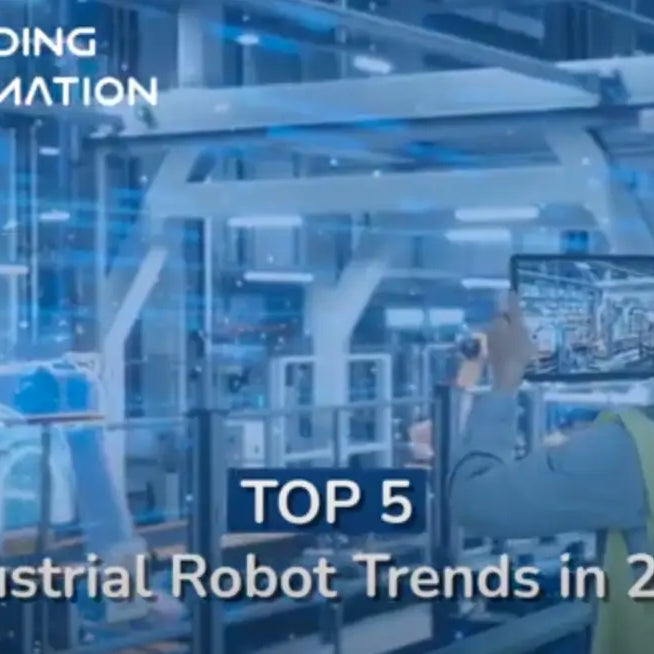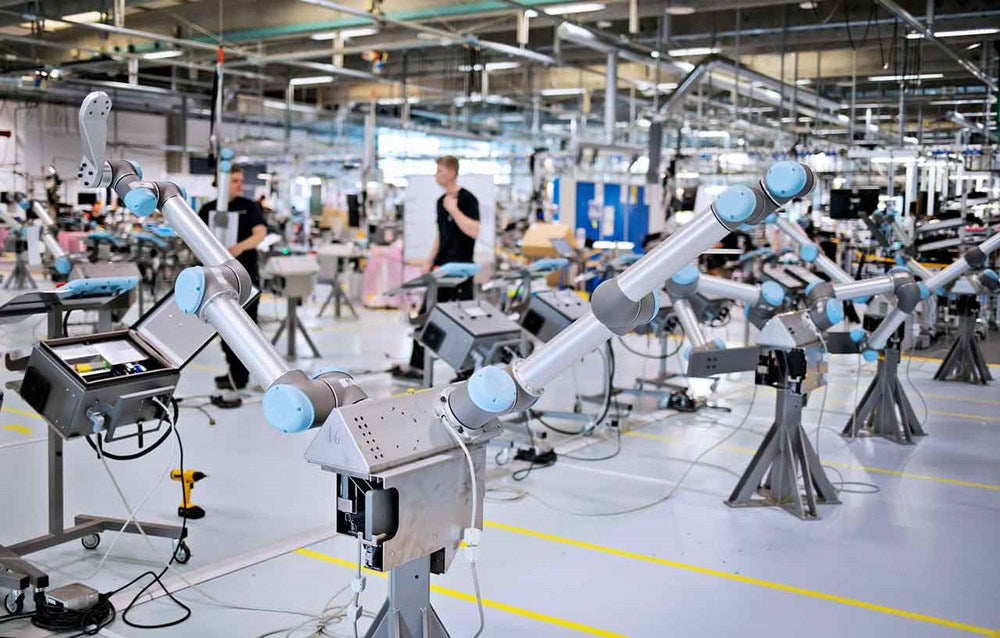
Orders & Worldwide
Orders & Worldwide

Robots, once a sci-fi dream, are now a part of our everyday lives. Thanks to technological advancements, they're seamlessly integrated into various tasks. Industrial robots, like robotic arms, are common in factories, assisting humans with repetitive and hazardous jobs.
Advanced human-robot interaction systems have been developed to utilize the combined strengths of humans and robots. These systems are vital for businesses striving to stay competitive in today's fast-paced world. Having reliable robotic machines is crucial for success. This is where collaborative robots, or cobots, dominate manufacturing. As the manufacturing landscape evolves, cobots become indispensable tools for achieving efficiency and success.
Collaborative robots, or cobots, are one of the most significant innovations in the world of automation. They offer the unique ability to enhance human capabilities in shared workspaces while ensuring their safety. These machines offer unparalleled performance and safety, making them valuable assets across various industries.
The field of cobot development is dynamic, with ongoing advancements in various crucial areas. One key aspect is their agility, with cobots continuously improving their reaction times to swiftly adapt to changing environments. Furthermore, their ability to perform tasks in precise movement patterns elevates their utility in industries requiring precise work. This multifaceted evolution underscores the potential of collaborative robots to revolutionize industries. Taking automation to new heights, they offer safer, more efficient, and more versatile solutions.

In modern assembly lines, cobots have revolutionized the way industries operate. Cobots can handle tasks such as picking, placing, and assembly, freeing up human workers for more complex and creative work. They are easy to program and can be quickly integrated into existing assembly lines. With cobots, companies can increase productivity, reduce errors, and improve worker safety.
Automobiles are one industry that uses cobots to great effect. Ford, for example, employs two KUKA LBR IIWA cobots on its assembly line to reduce worker strain and improve efficiency. These cobots handle the unergonomic job of adjusting vehicle fog lights. This repetitive and physically demanding task is now efficiently managed by the cobots. Thus, precision and consistency are assured while human workers can focus on more complex and creative tasks. Assembly lines benefit from cobots' ability to work 24/7 without fatigue or errors, resulting in continuous production and meeting tight deadlines.
Cobots have emerged as transformative assets in the material handling industry. These intelligent machines redefine how materials are moved, organized, and processed within industrial settings. Fanuc is a prominent player in this field, a global automation and robotics leader.
Fanuc CRX cobots are ideal for manufacturers new to robotics. They come with a simple programming interface with drag-and-drop technology that allows anyone to program them. These cobots combine this simplicity with Fanuc's well-established technology and reliability. They also have sensitive contact detection capabilities, ensuring they can work safely alongside humans in various industrial and manufacturing tasks.
For example, a Fanuc CRX cobot could be used in a factory to assist with loading and unloading heavy materials from machines. This versatility and ease of use make Fanuc CRX cobots a valuable addition to manufacturing operations seeking to improve efficiency while maintaining safety standards.
An inspection is an essential process, and a common challenge is evaluating items' quality and completeness efficiently and accurately. In the world of Quality Control, cobots have revolutionized how things are done. For example, the LBR iisy Cobot equipped with dual Keyence cameras can significantly enhance inspection processes. This Cobot is specifically designed to conduct meticulous checks on Data Matrix Codes (DMCs).
The first camera inspects each plastic part in depth using specialized software. The meticulously inspected components contribute to the overall excellence of the manufactured products by meeting stringent quality requirements. The second camera assesses the completeness and accuracy of codes, including barcodes and DMCs. The most important functions of this unit are to verify all essential information and ensure accurate scanning. As a result, the process is traceable, precise, and adheres to strict quality standards.
LBR iisy cobots with dual Keyence cameras offer significant advantages to industries. Besides enhancing quality control, this technology speeds up production and reduces errors. Thus, superior products are delivered to customers, which results in higher customer satisfaction.

Human and robot collaboration in manufacturing is a promising frontier in the smooth manufacturing process. Numerous companies are harnessing the power of collaborative robots. A recent report revealed that the market for these collaborative robots was worth a substantial USD 1.2 billion in 2023. This market is expected to skyrocket, possibly reaching USD 6.8 billion by 2029. This forecast suggests a remarkable compound annual growth rate (CAGR) of 34.3%.
This progressive approach, embraced by leading companies worldwide, offers substantial advantages. Cobots contribute to workplace safety by taking on hazardous roles, reducing the risk of accidents. Moreover, their ability to operate 24/7 ensures continuous production. As automation technology advances, the collaboration between humans and robots is set to disrupt traditional manufacturing paradigms. As a result, companies will be able to produce goods more precisely, quickly, and cost-effectively.
Human and robot collaboration in the manufacturing sector is highly promising. It's a progressive approach that every forward-thinking company should seriously consider to gain a competitive edge. This evolving partnership holds the potential to revolutionize the way we produce goods. However, cobots can face challenges and wear over time, as with complex machinery. These challenges can hamper their performance and disrupt production processes. This is where inRobots excels.
inRobots is a trusted company that specializes in providing high-quality robot parts and repair services. When your Cobot requires replacement components to restore its optimal functionality, inRobots is the reliable partner you can confidently turn to. With our well-established reputation for delivering top-notch components, we guarantee your Cobot's optimal performance.
Sources:
https://www.ericsson.com/en/blog/2020/5/what-are-cobots-and-the-future-of-manufacturing/
https://crx.fanucamerica.com/new-crx-models/
https://www.cobottrends.com/category/case-study/
https://www.marketsandmarkets.com/Market-Reports/collaborative-robot-market-194541294.html/
Leave a comment